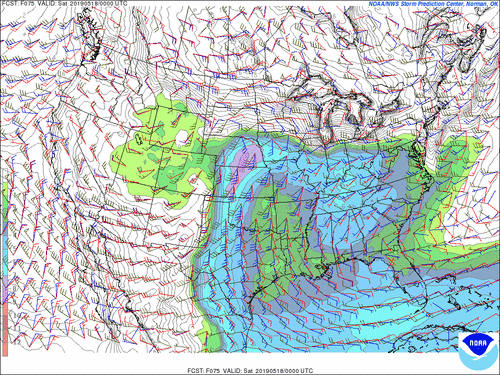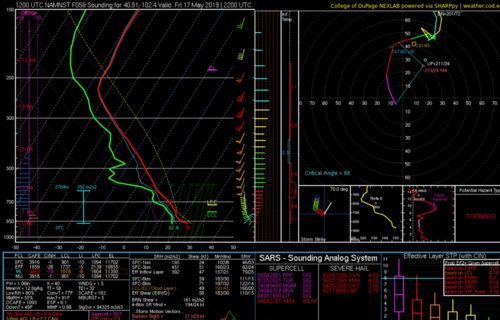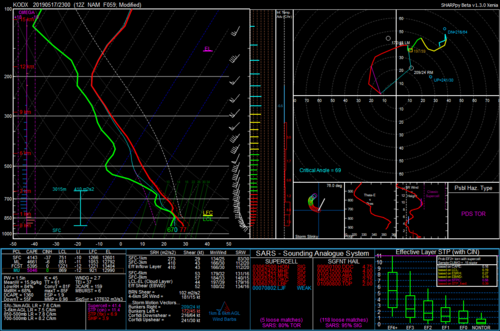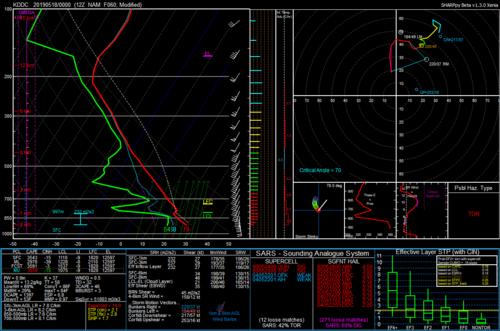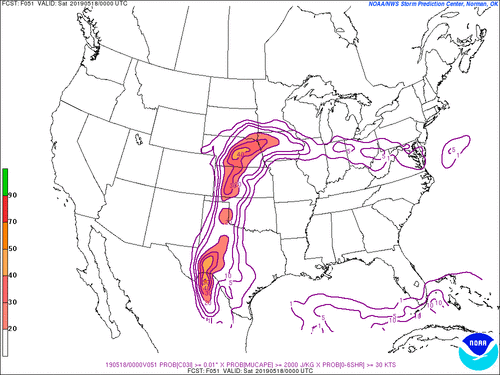Quincy Vagell
EF4
Not to derail this topic, but a lot of people still seem to be using the NAM leading up to chase time. I can see using the 3km NAM, but when it diverges significantly from the HRRR, it's usually wrong.. Even the day before an event, for some reason, I see a lot of chasers even citing the 12km NAM...
I don't find much utility in using the 12km for convection at all. The higher resolution 3km NAM is helpful 1-2 days out, but for the general picture. It has issues with dew-points, to just name one bias. Either way, I may still weigh at least a small amount of confidence to what the 3km NAM/NSSL WRF/HREF show the morning of a chase. For me, with convection allowing models during the day of a chase, I use a much heavier emphasis on the HRRR, let's say, maybe 80/20 between it and other models. Of course, observations with your own two eyes, as well as mesoanalysis, surface observations and radar/satellite data are of the most help once you're approaching convective initiation.
I don't find much utility in using the 12km for convection at all. The higher resolution 3km NAM is helpful 1-2 days out, but for the general picture. It has issues with dew-points, to just name one bias. Either way, I may still weigh at least a small amount of confidence to what the 3km NAM/NSSL WRF/HREF show the morning of a chase. For me, with convection allowing models during the day of a chase, I use a much heavier emphasis on the HRRR, let's say, maybe 80/20 between it and other models. Of course, observations with your own two eyes, as well as mesoanalysis, surface observations and radar/satellite data are of the most help once you're approaching convective initiation.

